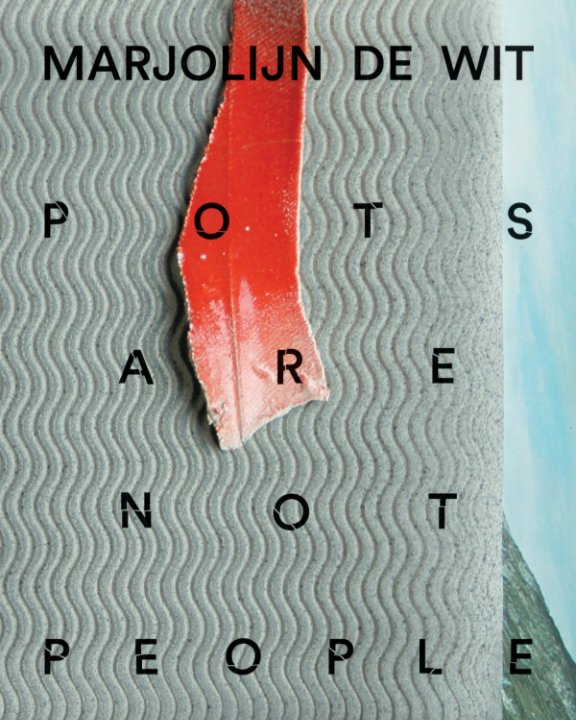Pots Are Not People
von Marjolijn de Wit
Dies ist der Preis, den Ihre Kunden sehen. Listenpreis bearbeiten
Über das Buch
Photo-based imagery in combination with raw, glazed, or photo-printed ceramic pieces to explore ideas of future archeology, the interpretation of history, and our relationship with nature and the built environment. De Wit’s ceramics evade specific clarification and instead hover between authentic remnants and evocative constructed objects. The artist inserts her counterfeit pieces onto encyclopedic images of vast landscapes, suggesting the subversion of history through archeological analysis.
The title of this book refers to Carol Kramer’s 1977 article “Pots and Peoples”. Kramer, a leading figure in ethno-archeology, posits that “ethnicity is a complex social identity that does not generally leave clear markers in the archaeological record”, a statement which acts as a catalyst for de Wit’s oeuvre. The artist’s fabricated remnants play homage to Kramer’s sentiment that archeological discoveries signify diverse and complex notions of economy and locale, as opposed to assuming a more static idea of culture. De Wit’s ceramic components reference contemporary architecture as well as evoking the ancient and historicized. Ultimately, her collaged aesthetic fuses modern and traditional materials to concoct a meta-archeological compendium of our modern world. By providing only pieces of a whole, the artist shifts between historical purveyor and visual trickster, leaving us to imagine not only her conjured histories, but also how others will eventually imagine ours.
The book covers are different in their design.
Design: Marjolijn de Wit
Typography: Lorenzo Bravi
With the generous support of the AFK (Amsterdam fund for the arts)
The title of this book refers to Carol Kramer’s 1977 article “Pots and Peoples”. Kramer, a leading figure in ethno-archeology, posits that “ethnicity is a complex social identity that does not generally leave clear markers in the archaeological record”, a statement which acts as a catalyst for de Wit’s oeuvre. The artist’s fabricated remnants play homage to Kramer’s sentiment that archeological discoveries signify diverse and complex notions of economy and locale, as opposed to assuming a more static idea of culture. De Wit’s ceramic components reference contemporary architecture as well as evoking the ancient and historicized. Ultimately, her collaged aesthetic fuses modern and traditional materials to concoct a meta-archeological compendium of our modern world. By providing only pieces of a whole, the artist shifts between historical purveyor and visual trickster, leaving us to imagine not only her conjured histories, but also how others will eventually imagine ours.
The book covers are different in their design.
Design: Marjolijn de Wit
Typography: Lorenzo Bravi
With the generous support of the AFK (Amsterdam fund for the arts)
Autorenwebsite
Eigenschaften und Details
- Hauptkategorie: Kunst & Fotografie
-
Projektoption: 20×25 cm
Seitenanzahl: 156 -
ISBN
- Softcover: 9781320818223
- Veröffentlichungsdatum: Apr. 08, 2015
- Sprache English
- Schlüsselwörter nature, ceramic, archeology, collage, art
Mehr anzeigen

